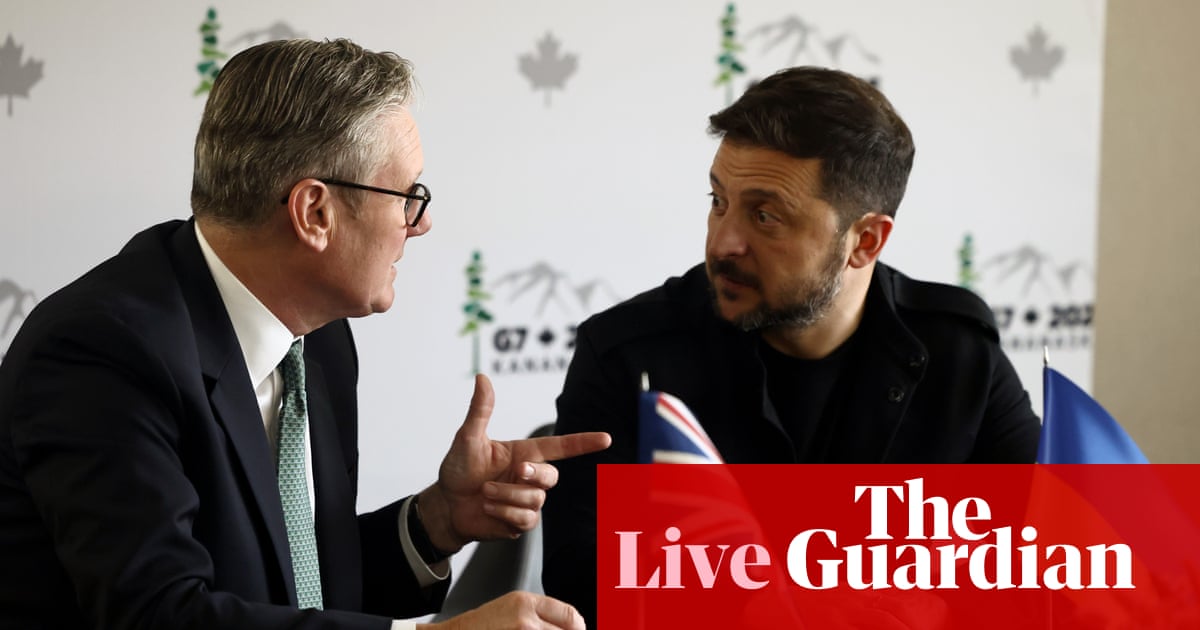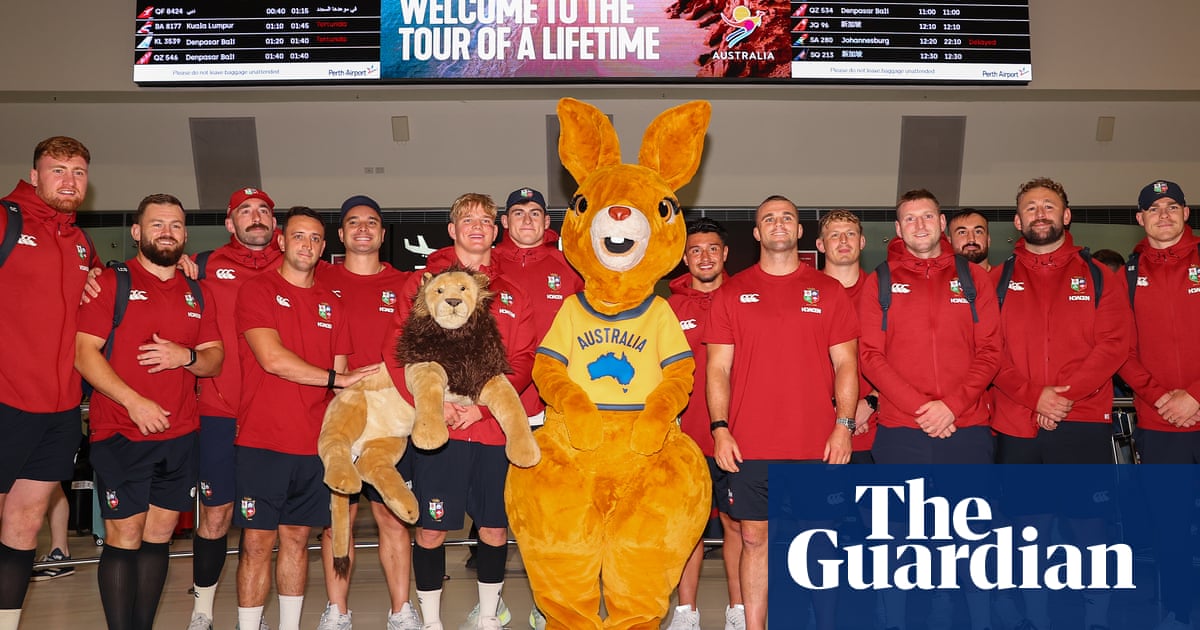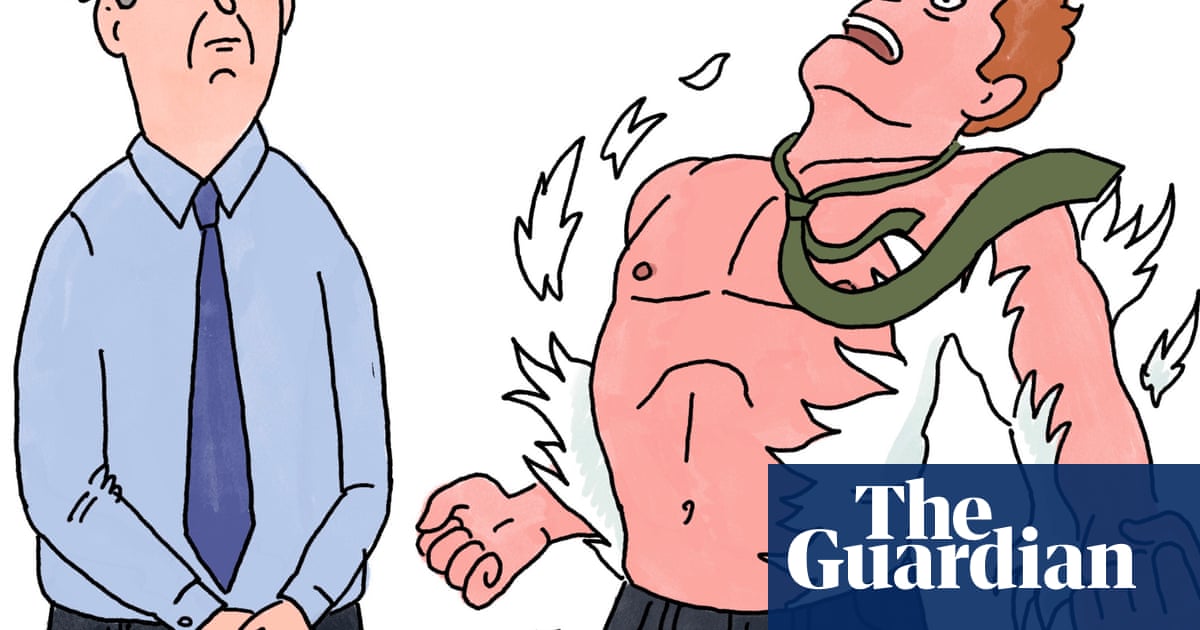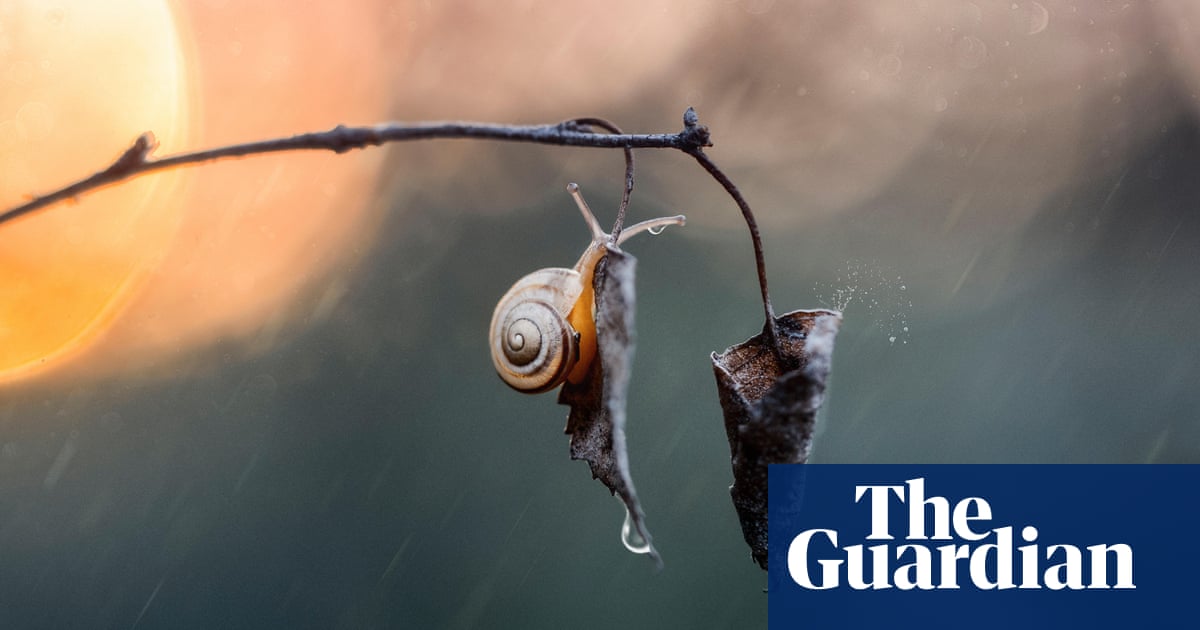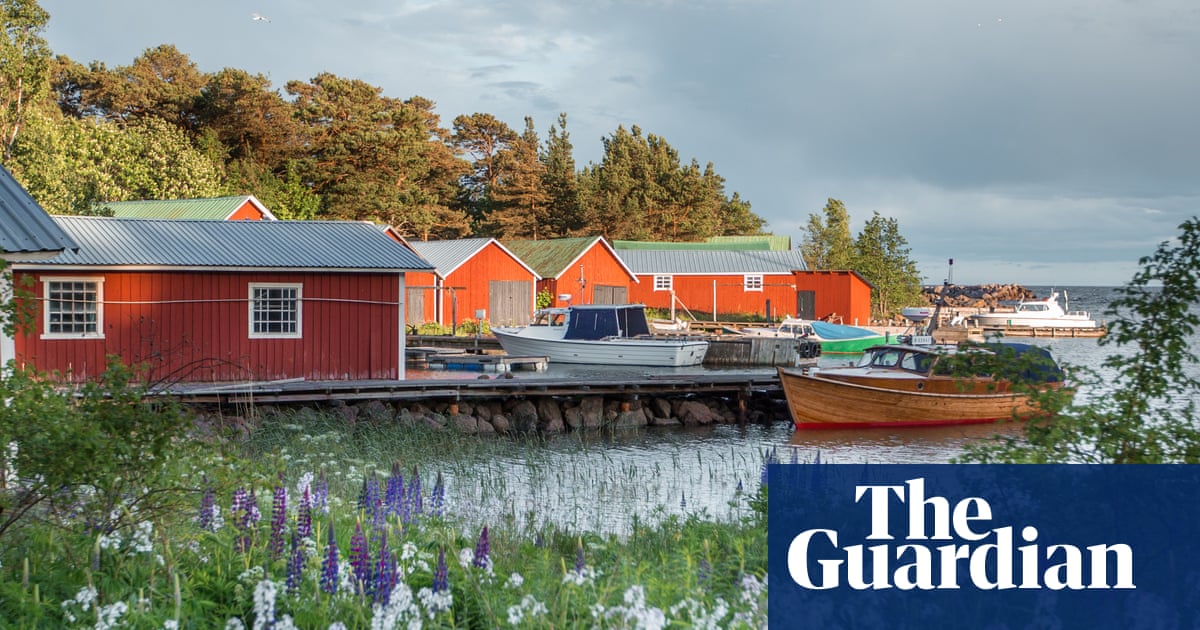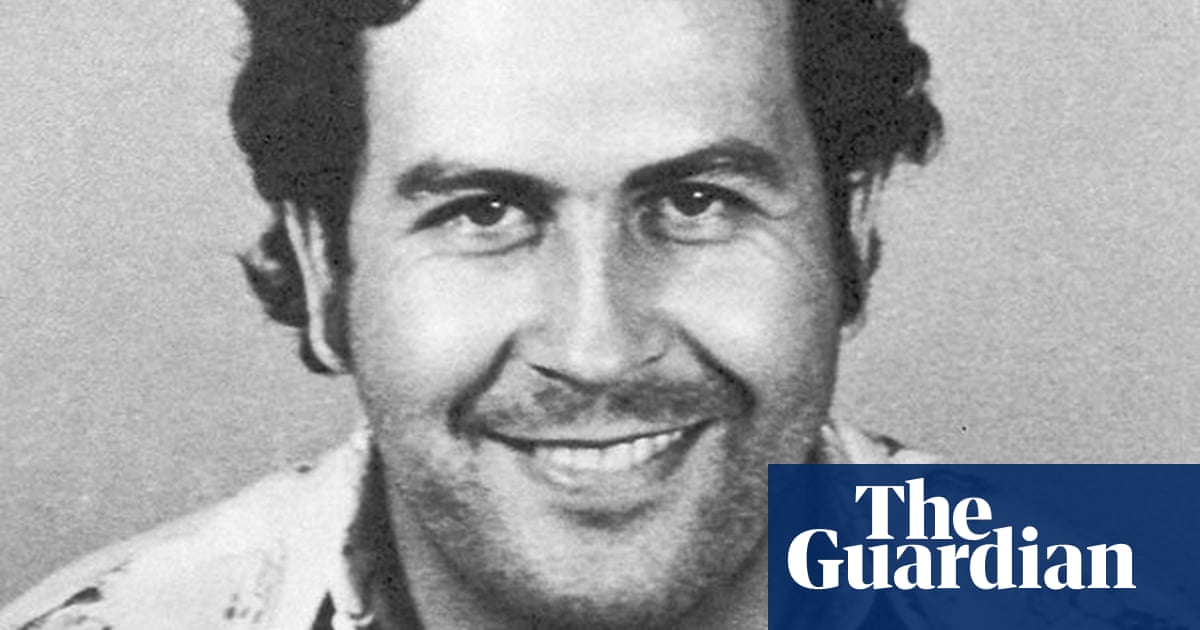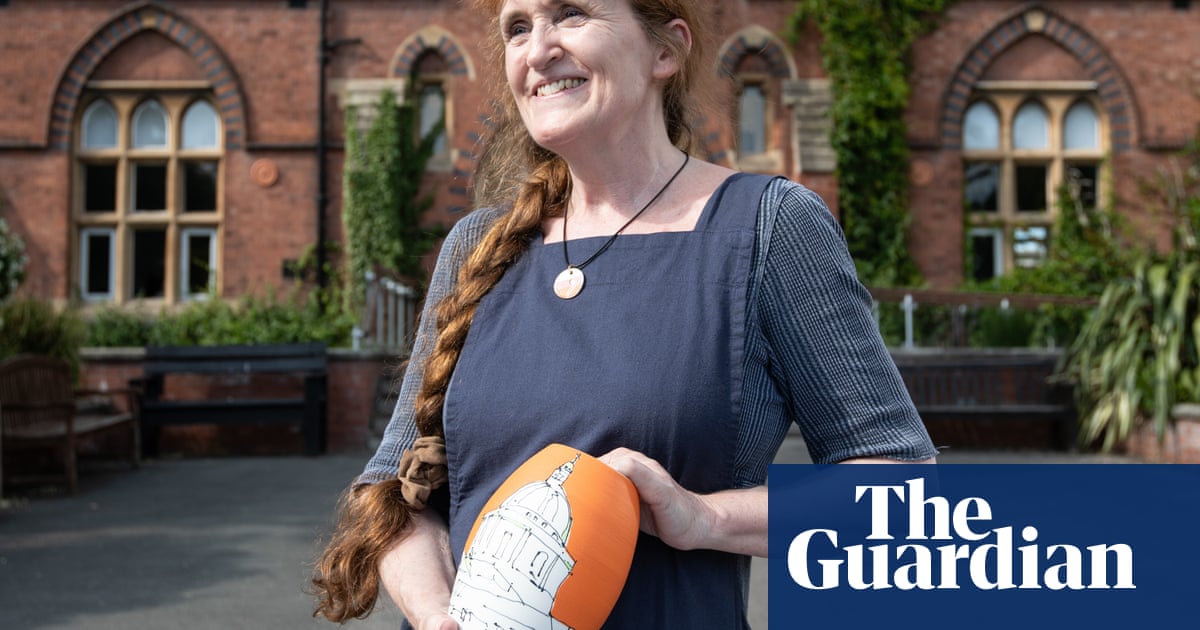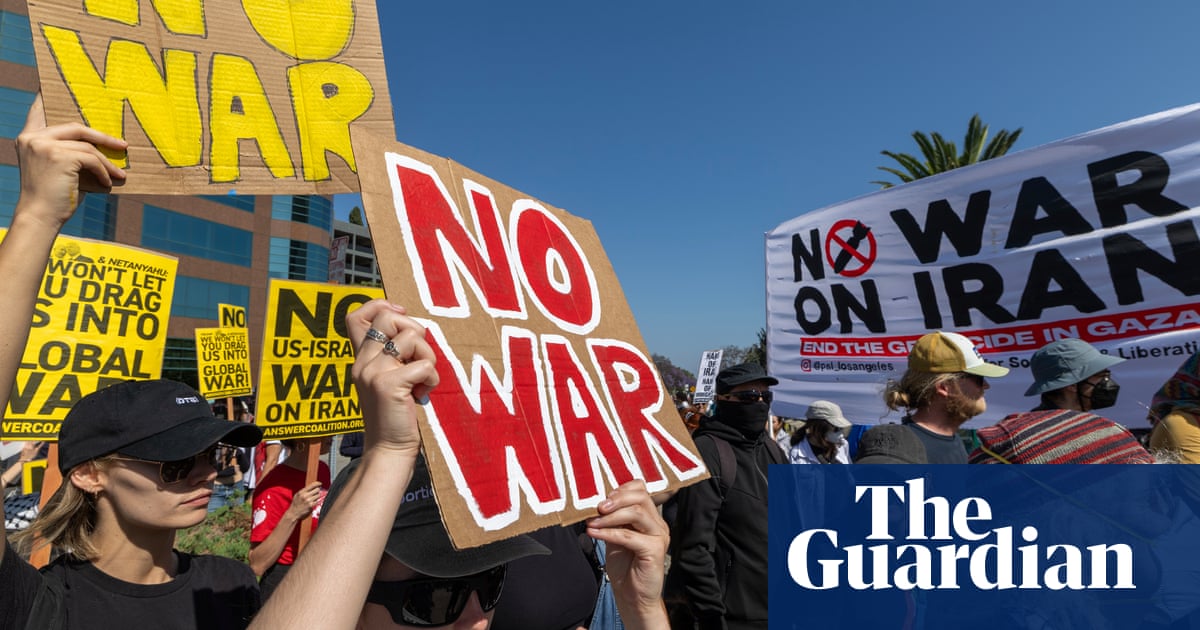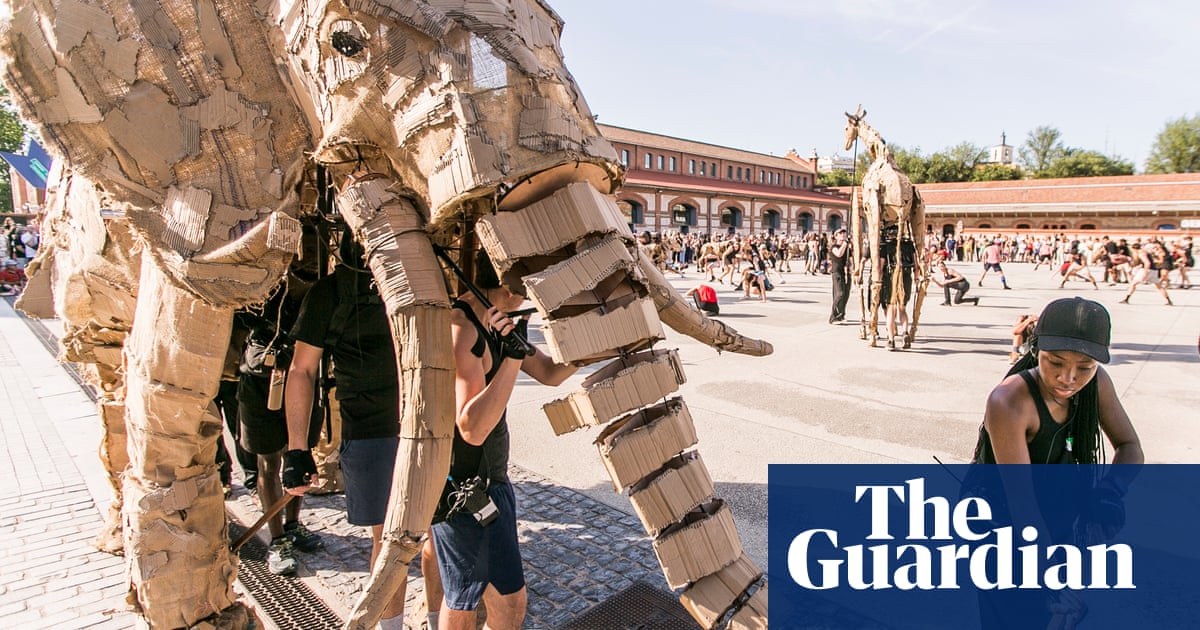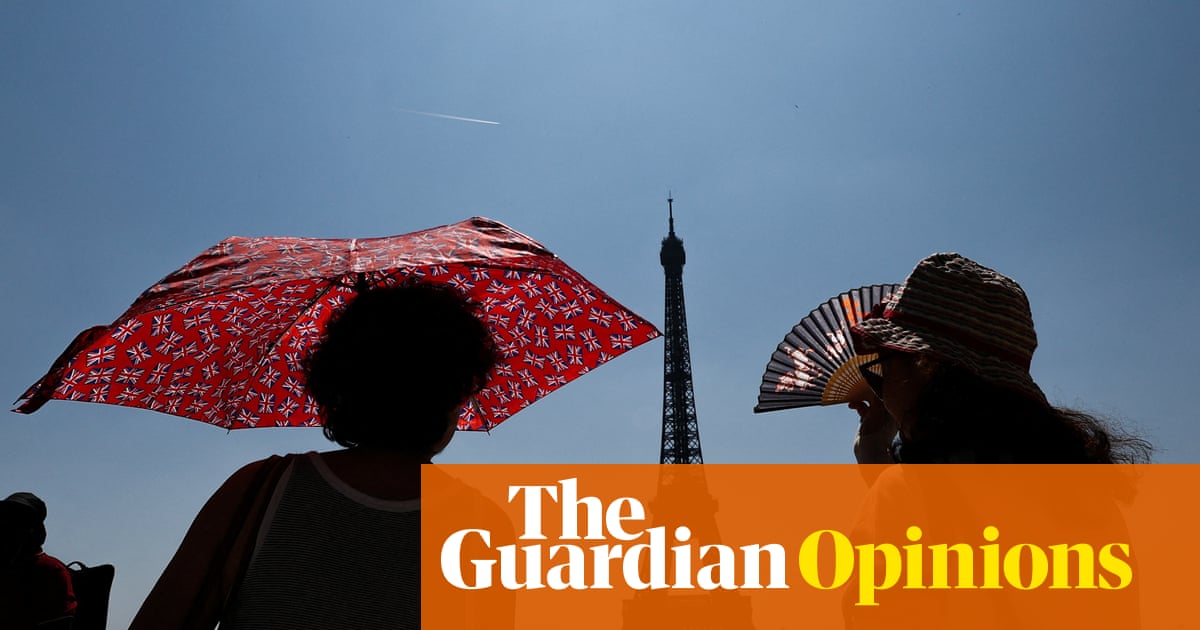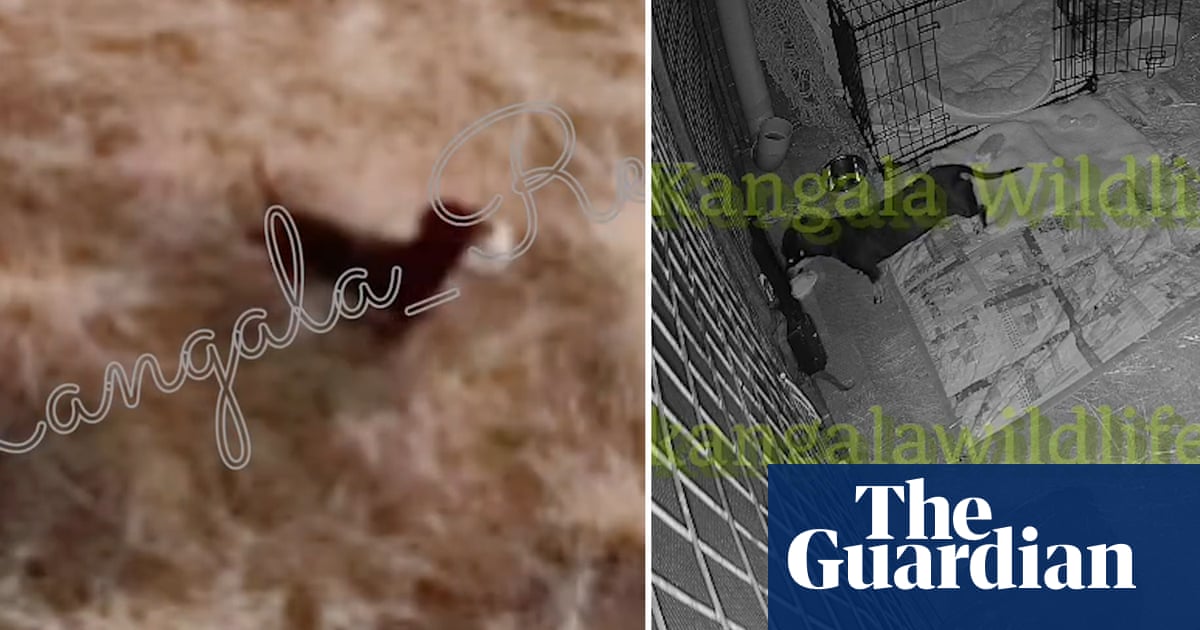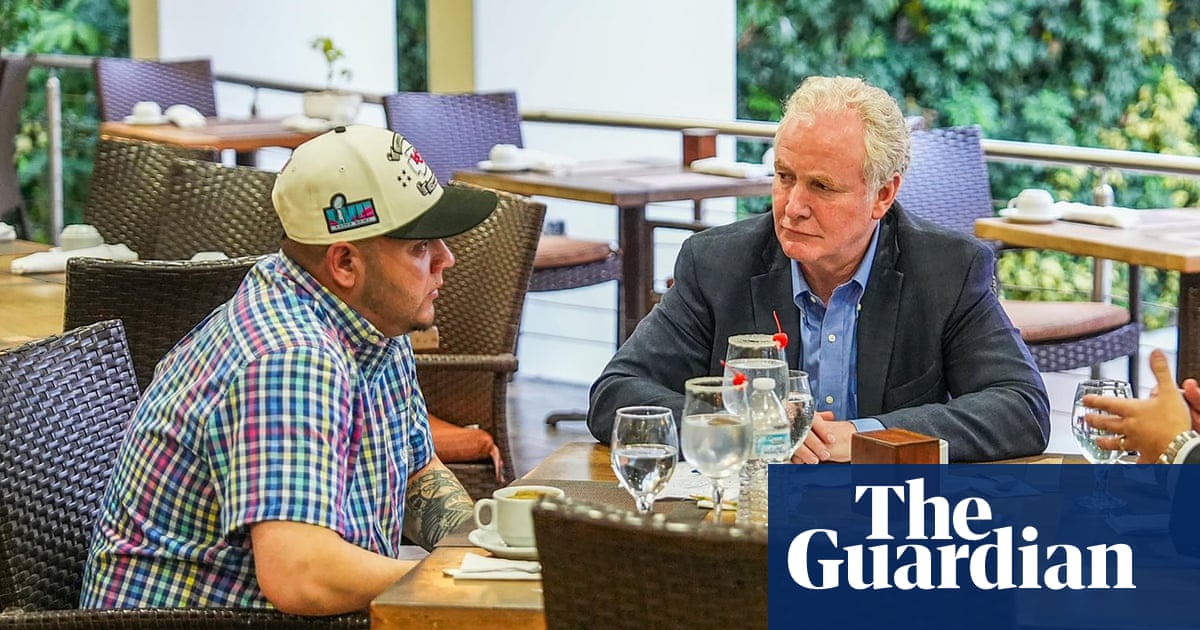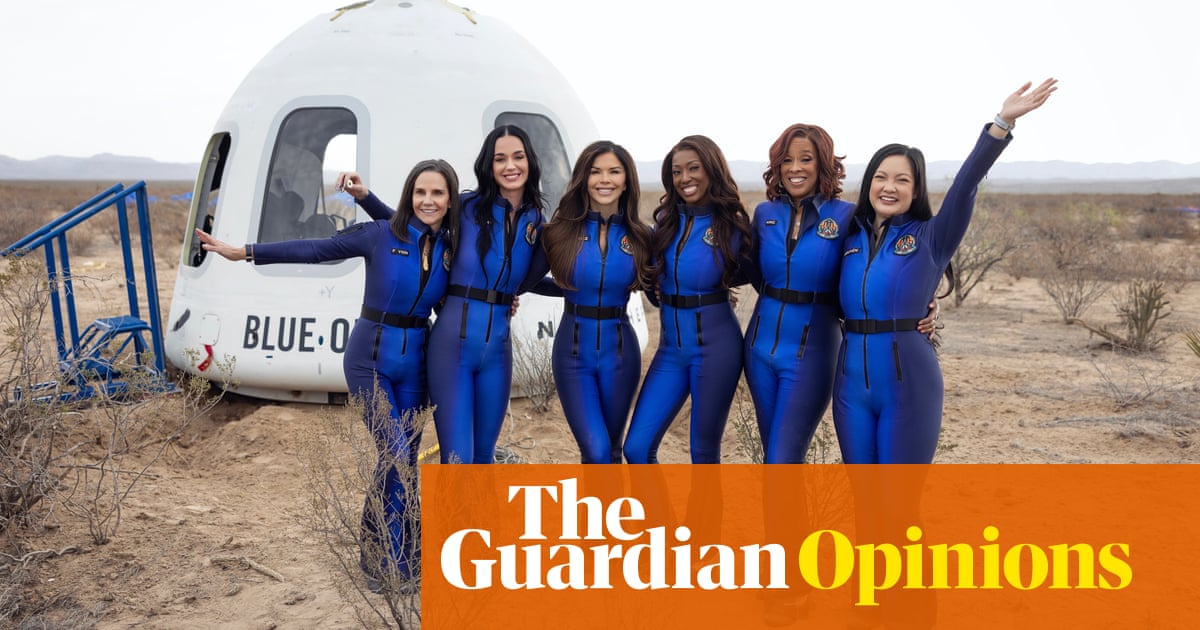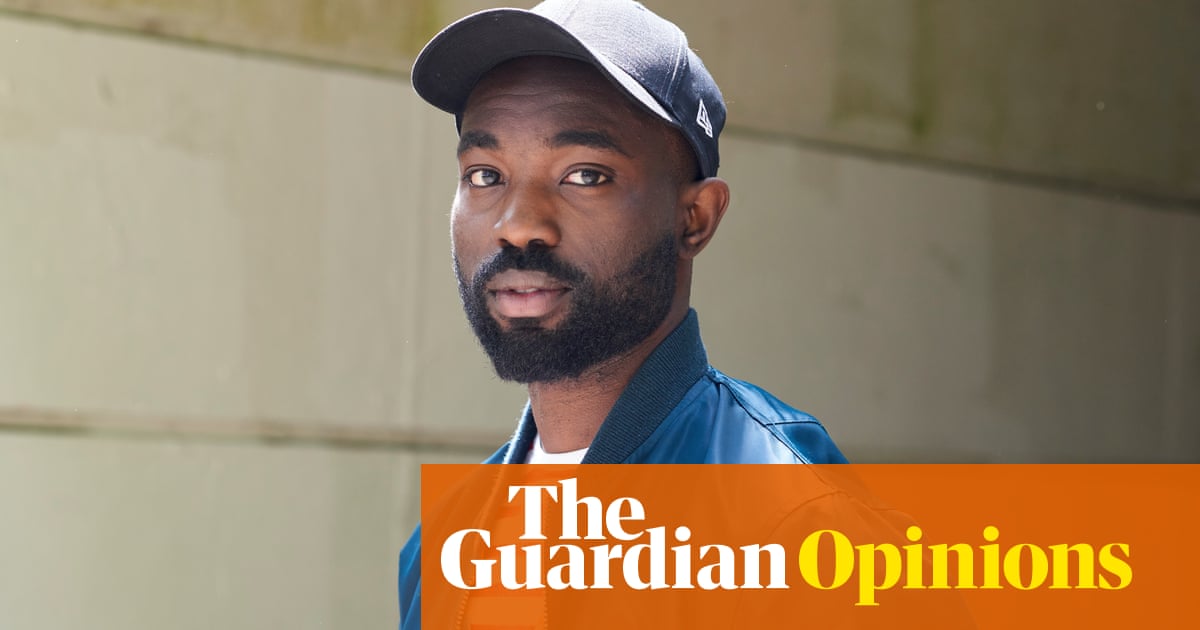Millions of Australians will be able to request directions from Warrane (Sydney Cove) to Meanjin (Brisbane), tracing the original custodians of the land along the way, via a new feature on one of the world’s leading navigational apps.
In a major collaboration with Indigenous groups, Apple Maps will now include more than 250 dual placenames for cities and towns across the country, with more to be added.
The app will also show land borders for Indigenous protected areas and reserves, and display the traditional owners of regions across the country – without marking their land boundaries.
It builds on the tech giant’s move to recognise Indigenous nations on its mapping software in Canada and the United States in 2023, amid a global push for First Nations people to reassert their sovereignty via maps.
The update will filter through to other apps including Weather and Find My, as well as in third-party apps such as Qantas.
Managing director of Indigenous consultancy company Nyikbar, Charles Prouse, worked closely with Apple to develop the project in Australia.
“We were almost wiped off the map,” Prouse, a Nyikina man, said.
“To put ourselves back on the map – that’s a powerful thing.”
Kass Boladeras, the marketing manager of Winyama – one of Australia’s only Indigenous-owned mapping companies – said such initiatives were “an act of truth-telling”.
“When led and governed by Indigenous communities, this work becomes more than just mapping – it is a way to honour heritage, revitalise stolen and sleeping languages, and contribute meaningfully to reconciliation,” she said.
The chief executive of the Federation of Victorian Traditional Owner Corporations, Paul Paton, said the changes could provide “a new perspective on the way we see the landscape”.
“It shifts the thinking about Aboriginal culture and places as relics of the past to living places that hold significant meaning,” he said.
But both Paton and Boladeras say the success of the venture will hinge on the company engaging meaningfully with traditional owners to ensure any publicly available information aligns with cultural protocols.
There are more than 250 Aboriginal and Torres Strait Islander language groups across Australia. There is no definitive national database showing their land borders.
A map developed by the Australian Institute for Aboriginal and Torres Strait Islander Studies (Aiatsis) in 1996 shows the general locations of larger language groups, but many of the boundaries are disputed.
Native title claims are still contested in the courts, often complicated by historic policies that forcibly removed First Nations people from their land.
Apple consulted with Indigenous cartographers, language groups, traditional owners and intellectual property experts to develop the project over four years, Prouse said.
after newsletter promotion
Information was drawn from publicly available datasets from “trusted institutions”, including Aiatsis, local language holders, language centres, Aboriginal lands trusts and ranger groups.
“We know we have to avoid contention. We know we have to do it respectfully … you also have to be somewhat brave,” Prouse said.
The information will be regularly updated and there is a system to respond to any community complaints.
Indigenous communities will also be invited to contribute to “place cards” to provide cultural and historical information about map locations through photos and text.
The remote Northern Territory community of Mamadawerre in western Arnhem Land has already taken up the offer, enlisting local schoolchildren to take photos to provide a snapshot of their area for visitors.
Apple will also roll out place cards for locations in Aotearoa New Zealand, developed in collaboration with several iwi (Māori tribes). Dual placenames are commonplace across the country, but Hēmi Dale, the director of Māori medium education at the University of Auckland, said incorporating te reo Māori into widely used technology bolsters efforts to “normalise” the use of the language in everyday life.
Anishinaabe man Steve De Roy, the co-founder of the Firelight Group in Canada, is leading the global push to “Indigenise” mapping, and says technology companies have a huge role to play.
“They communicate to millions and millions of users in ways that have just become second nature for most people,” he said.
“The ability to be able to see Indigenous lands elevated on those platforms becomes really powerful.”
The popular Google Maps app does not show Indigenous language groups or placenames, but a spokesperson for the company said it partners with Indigenous communities to inform its updates. Google Maps does show Māori placenames in Aotearoa New Zealand.
-
This story was amended on 27 March 2025. An earlier headline stated that Naarm (Melbourne) was one of the Indigenous place names added in Australia. Users can still search using the term Naarm, but Apple says it is not an officially recognised placename and won’t appear on the map.

 2 months ago
54
2 months ago
54


